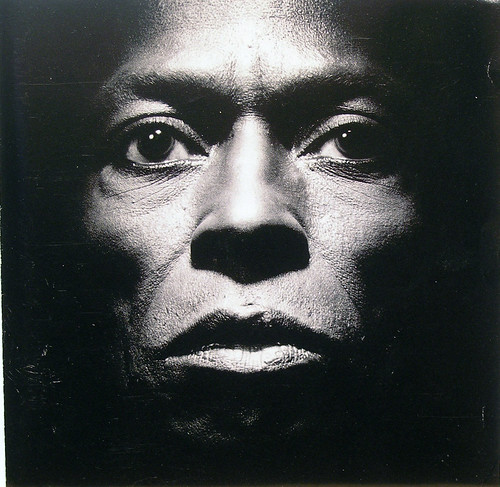Jazz is one of the most popular genres of music across the world. Although jazz doesn’t enjoy a great deal of mainstream success today, it has done in the past. That said, jazz samples are still widely used in pop, dance, and rock music, in particular, and the influence of the genre can clearly be heard elsewhere, too.

Origins of Jazz
Jazz emerged from New Orleans in the early 20th century, bursting out in the early 1910’s before the First World War. The origins of jazz have actually been traced back 100 years earlier, when the Atlantic slave trade brought thousands of West Africans to the Southern United States. However, it was not until 1910 that there was an established community in New Orleans that would get together to play jazz music.
The Growth of Jazz
Jazz music quickly became popular across the south of the United States before starting to spread north in the 1920’s. Later in the decade and in the 1930’s, a different type of jazz would emerge from Kansas City, meaning New Orleans jazz and Kansas City jazz would often be competing with one another for airtime on jazz radio stations across America.
This time also represented the most popular period for jazz, however, which meant there was great demand for both styles of jazz, as well as for swing music and later, in the 1940’s, for bebop.
Cosmopolitan Jazz
Jazz is arguably the most cosmopolitan music genre there is, and one only has to look at the range of influences that hit it from the 1940’s onwards to see why. Jazz was already reliant on Spanish and African influences, but from this time we would see Latin jazz, Cuban jazz, Afro-Brazilian jazz, with new trends being born across Central and South America.
There was also the emergence of sub-genres of jazz and fusion genres, with those from the Far East proving to be particularly popular.
The Dying of the Light
Jazz continued to grow through the 1940’s and maintained its popularity even through the golden rock and roll era of the 1960’s and 1970’s. However, with global attitudes and musical tastes changing at the end of the 1970’s, jazz found itself on the outside of the mainstream looking in.
Although jazz moved towards being a niche musical taste, R&B artists and rappers would regularly feature jazz inspired sounds in their music, and into the 1990’s and 2000’s it would become a feature of pop and dance music, while still performing strongly with jazz aficionados.
Image Author: exquisitur
Are you a guitarist? Check out our full range of online guitar lessonsAre you a saxophonist? Check out our full range of online saxophone lessons
Subscribe to Pro Music Tutor from as little as £7.99 per month
Related Posts
-
Is Music Theory Important to Modern Musicians?
The importance of music theory is a hot debate topic in the world of professional music. Some believe knowledge of music theory is what makes you a true musician, whereas some feel their lack of music theory knowledge is like a badge of honour. With the eternal debate over the importance of music theory raging […]
View All >> -
5 Ways Spanish Music Influenced the World
Contemporary popular music has transcended all national boundaries, with different types of music being performed and listened to in all corners of the world. Each culture also adds their own little tweaks and twists to the music, constantly creating new sounds and influences. Spanish music has deeply influenced the popular music we listen to today. […]
View All >>
Latest Blog Entries
-
The Benefits of Online Music Education
Learning music has never been easier, since the internet and modern technological advancements have opened the doors to countless possibilities, expanding the subjects people can choose from and how the lessons are taught. Now, people can study a whole host of music-related topics; from learning to play guitar or DJing, to understanding the inner workings […]
View All >> -
Essential Jazz Guitar Scales that are Easy to Learn
Improvising in jazz requires the ability to play in different keys over different chords. Results certainly do not come overnight, but with diligent practice, you would be surprised by what you can achieve. Many people ask me about what scales I use as if they were some big secret. While knowing your scales is very […]
View All >>
Blog Categories
- Categories
- Guitar Tips (93)
- History (36)
- How-To (38)
- Interviews (3)
- Music Industry (121)
- Prolinks Guitar (2)
- Prolinks Lessons (3)
- Prolinks Tutor's Profile (1)
- Saxophone Tips (40)
- Uncategorized (6)
Tags
Archive
- November 2018 (1)
- February 2018 (1)
- December 2017 (1)
- November 2017 (1)
- October 2017 (1)
- July 2017 (4)
- May 2017 (2)
- April 2017 (1)
- August 2016 (2)
- July 2016 (1)
- June 2016 (2)
- May 2016 (3)

